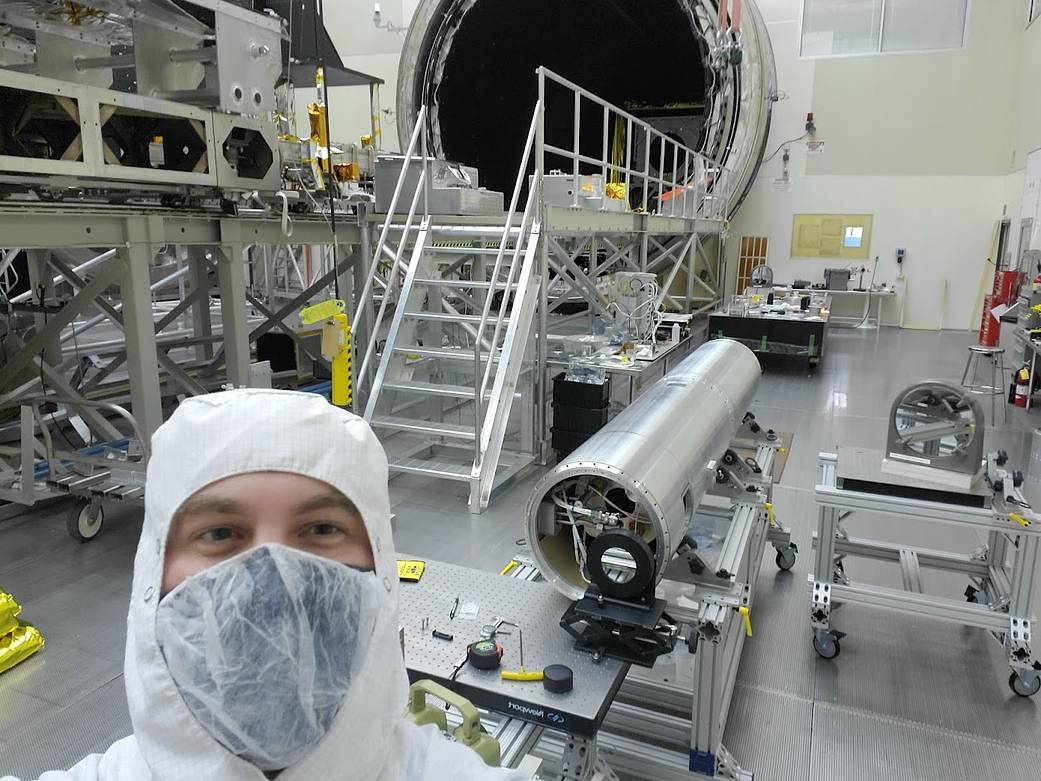UPDATE July 30, 2021 – The MaGIXS payload was successfully launched on at 2:20 p.m. EDT from the White Sands Missile Range in New Mexico. A NASA Black Brant IX sounding rocket carried the payload to an altitude of 191 miles before descending by parachute for recovery at White Sands. Preliminary reports show that all systems performed as planned and good data was received.
The Marshall Grazing Incidence X-ray Spectrometer, or MaGIXS, mission is about to take flight. The launch window opens at the White Sands Missile Range in New Mexico on July 30.
Led by Dr. Amy Winebarger at NASA’s Marshall Space Flight Center in Huntsville, Alabama, MaGIXS will fly aboard a sounding rocket, a launch vehicle that lifts scientific instruments above Earth’s atmosphere for a few minutes in space before falling back to Earth for recovery.
MaGIXS is a specialized scientific instrument designed to peer at the Sun in X-ray light that is invisible to the human eye. Focusing in on the Sun’s outer atmosphere, or corona, MaGIXS will scan an active region – where solar eruptions such as flares and coronal mass ejection often form – to measure its X-ray emissions in high resolution. The data will help scientists understand how active regions form and become heated to multi-million degree temperatures.
Banner image: Patrick Champey, an optical engineer in the Engineering Directorate at NASA’s Marshall Space Flight Center in Huntsville, Alabama, grabs a selfie with the Marshall Grazing Incidence X-ray Spectrometer, or MaGIXS, during integrated payload testing at Marshall’s world-class X-ray & Cryogenic Facility. Credits: NASA
NASA’s Goddard Space Flight Center, Greenbelt, Md.





























